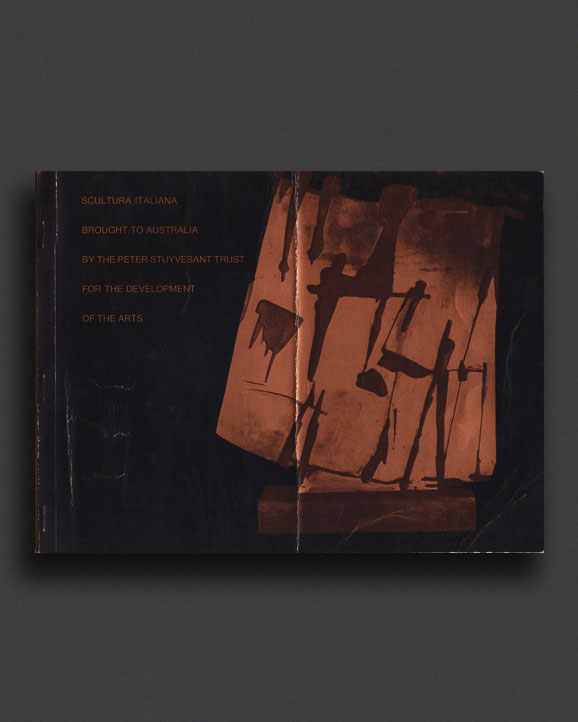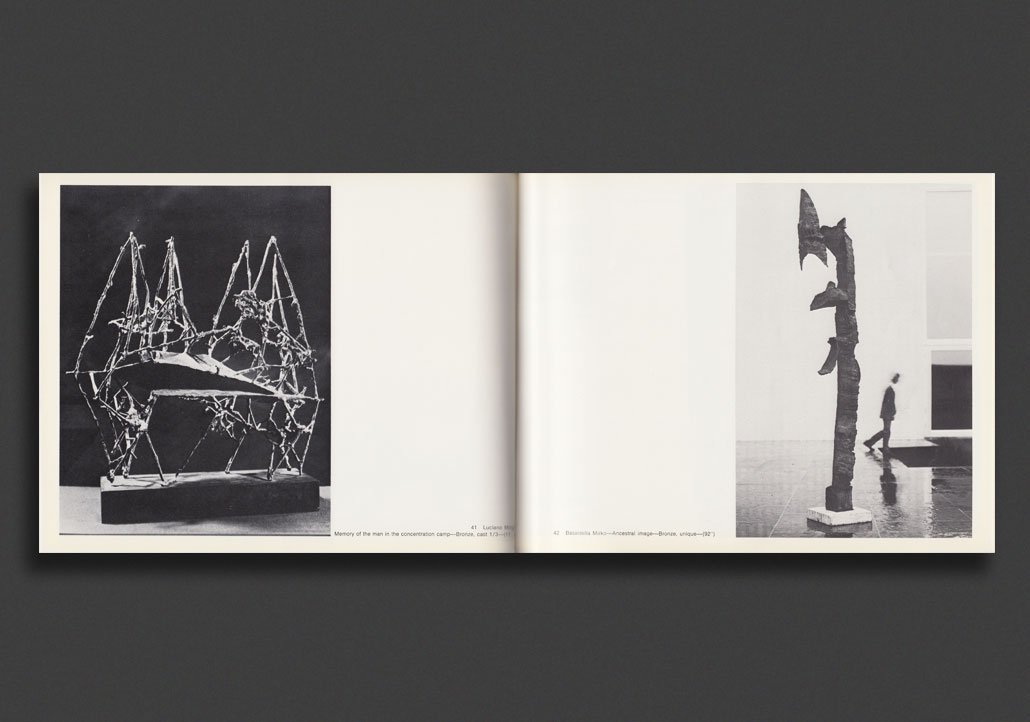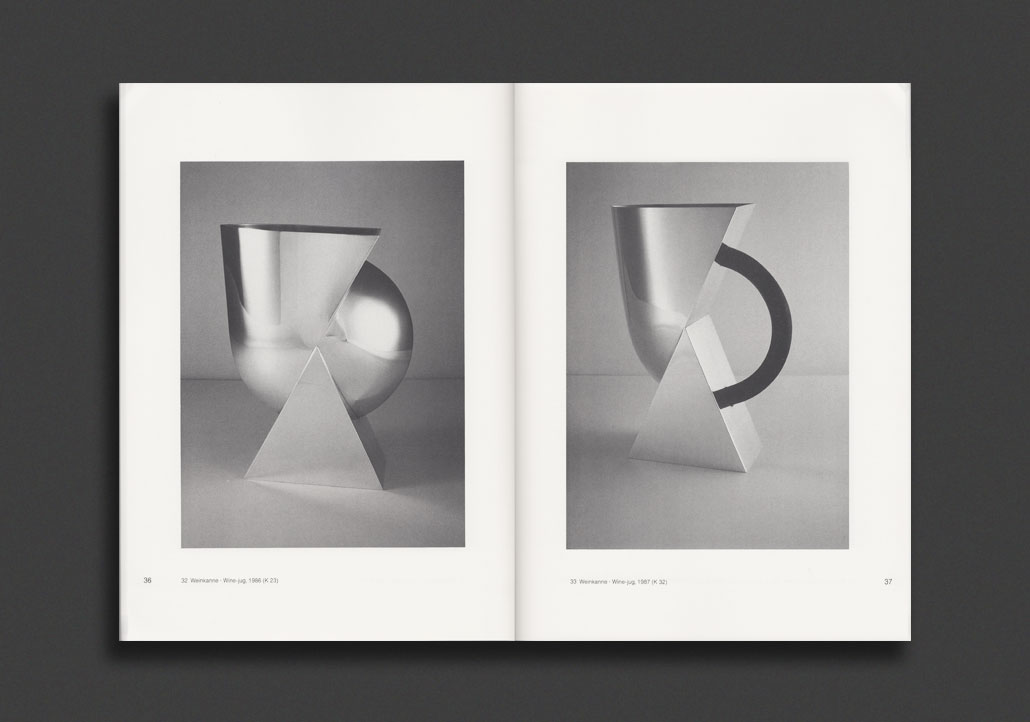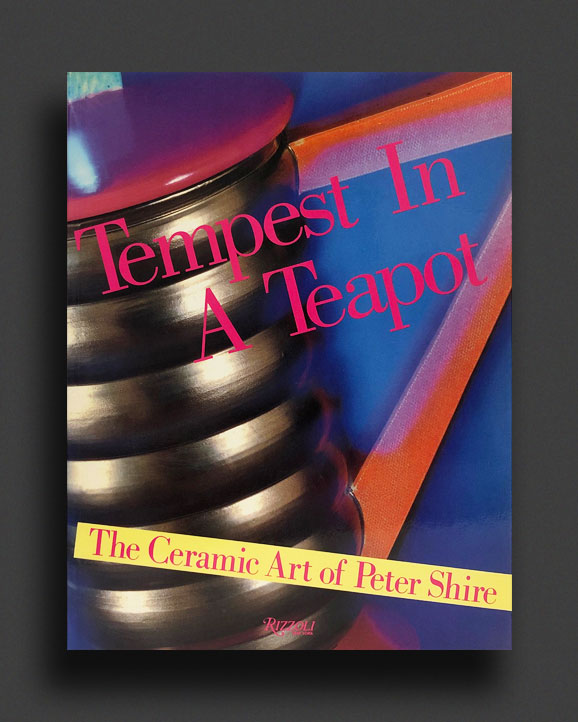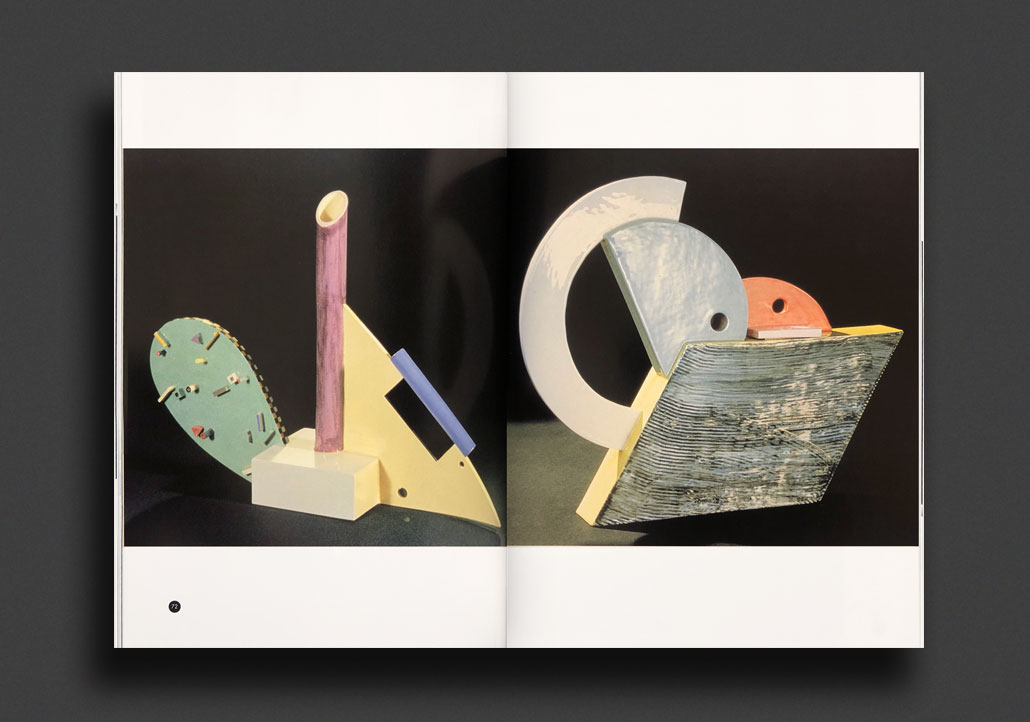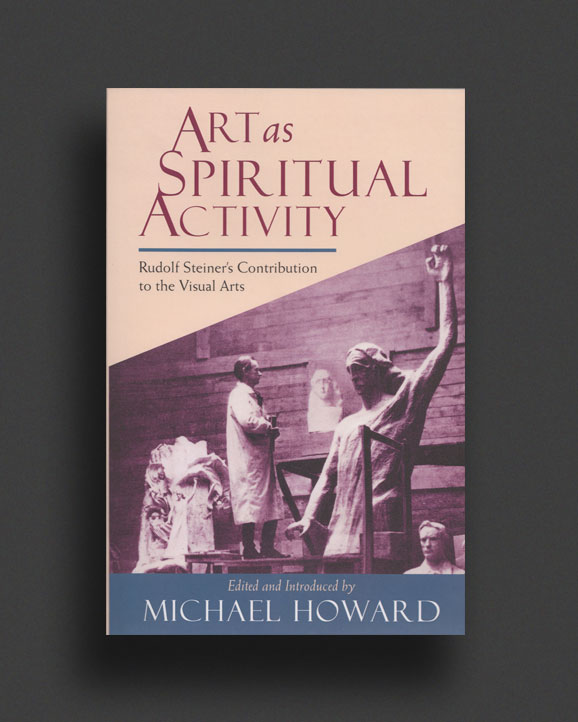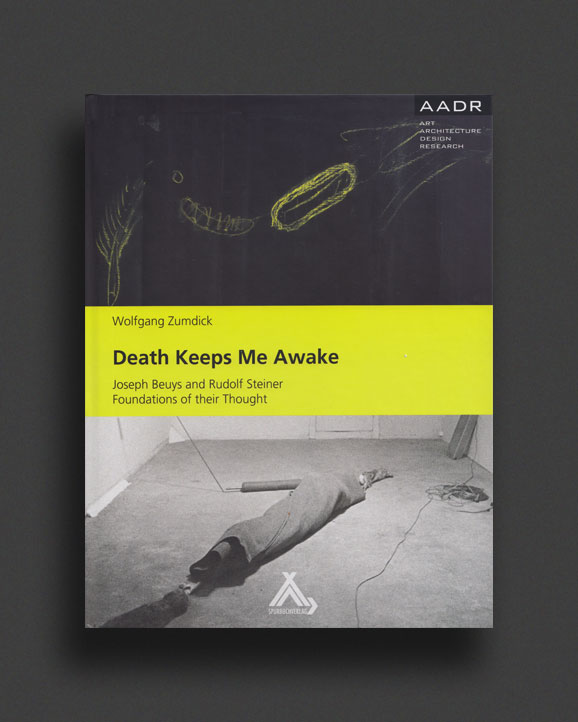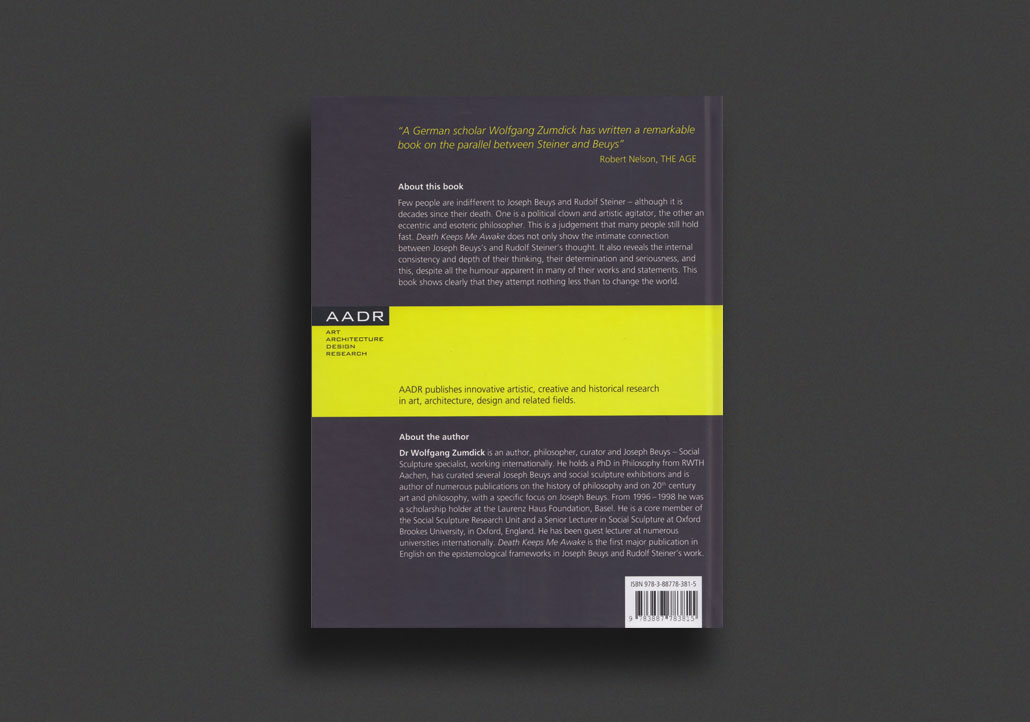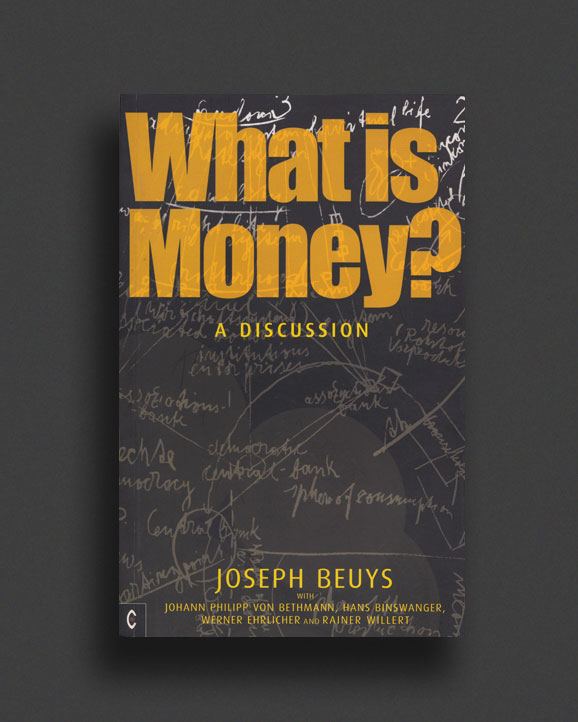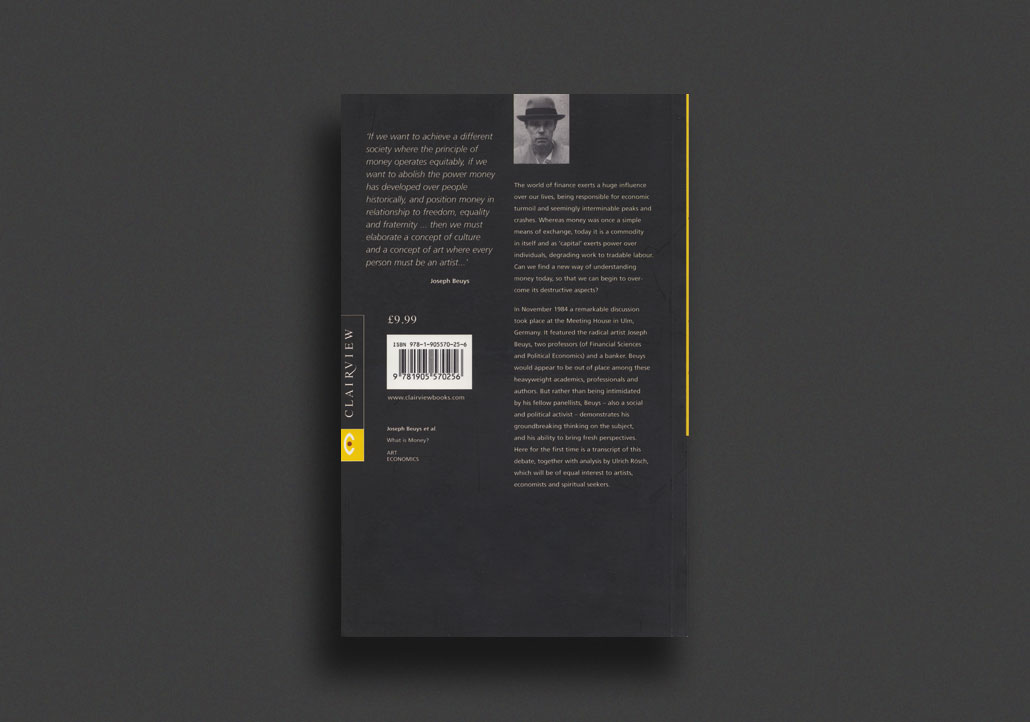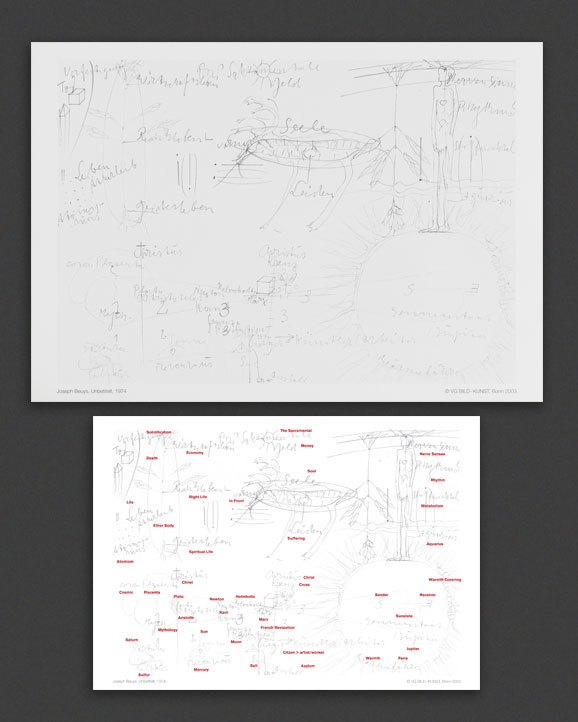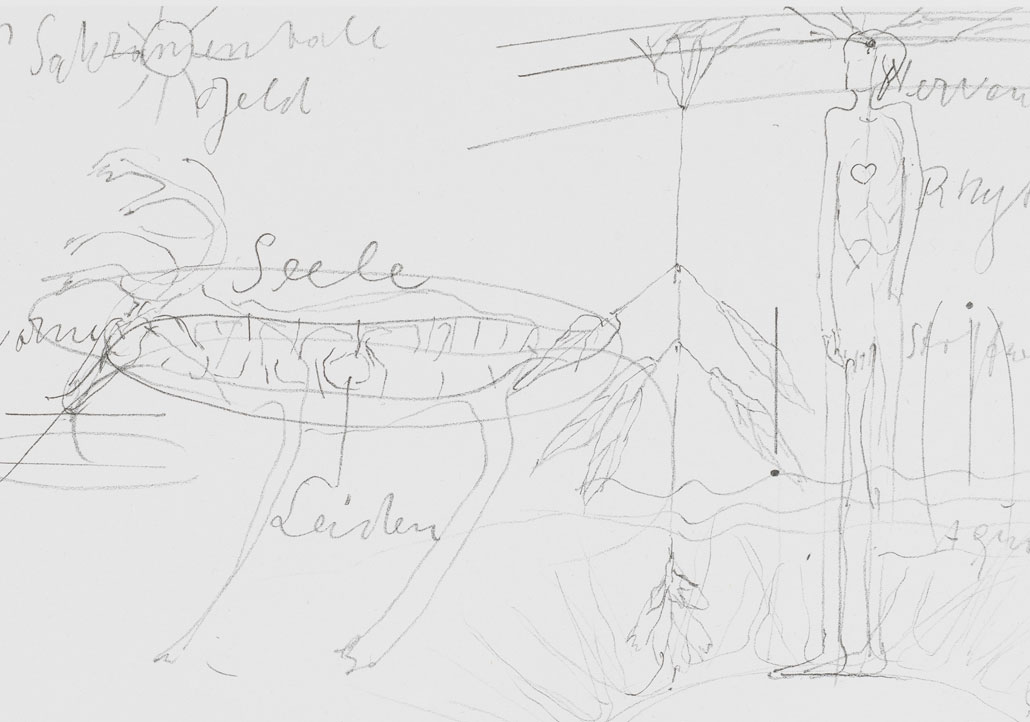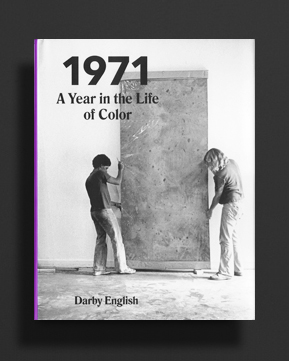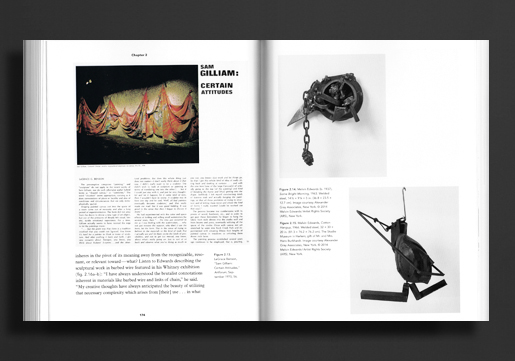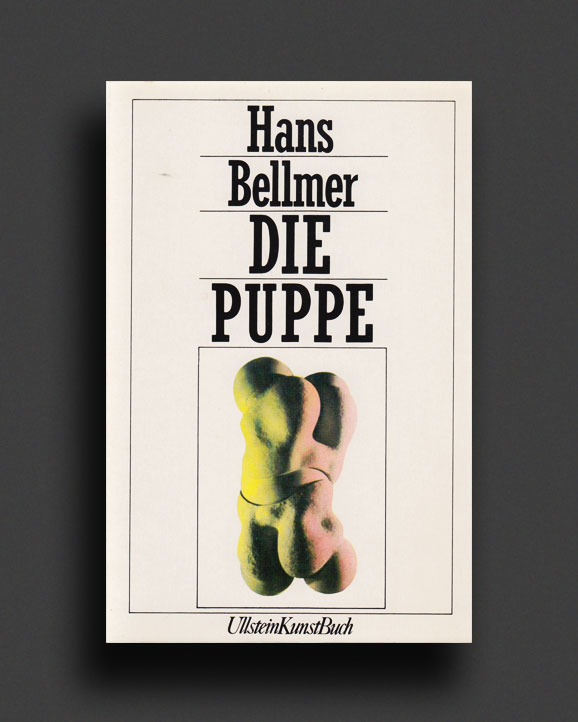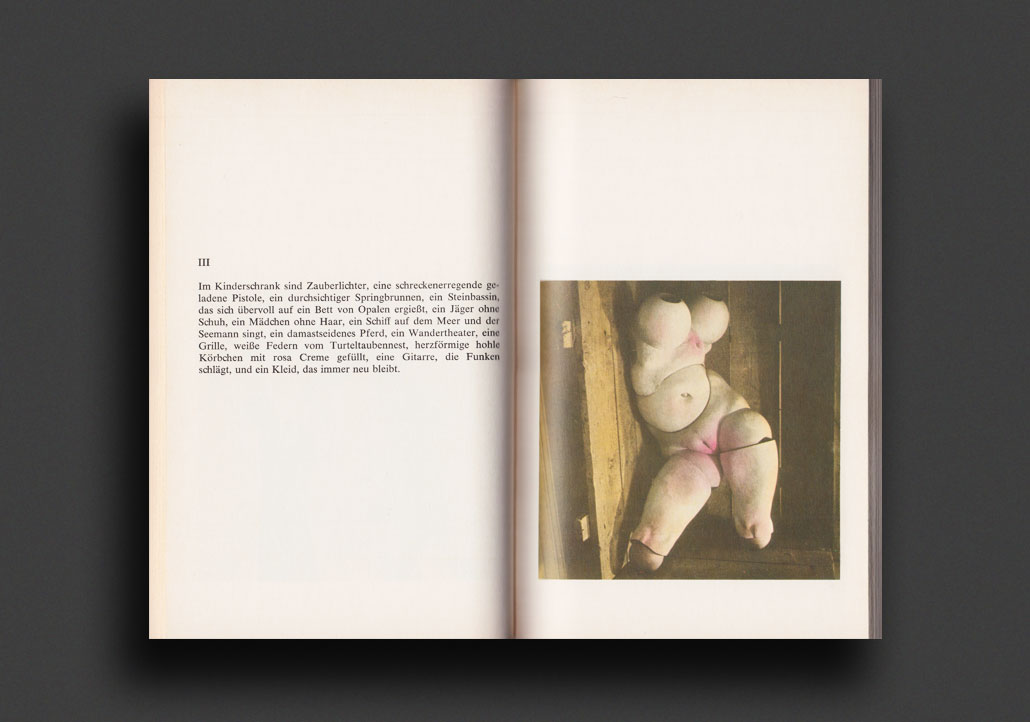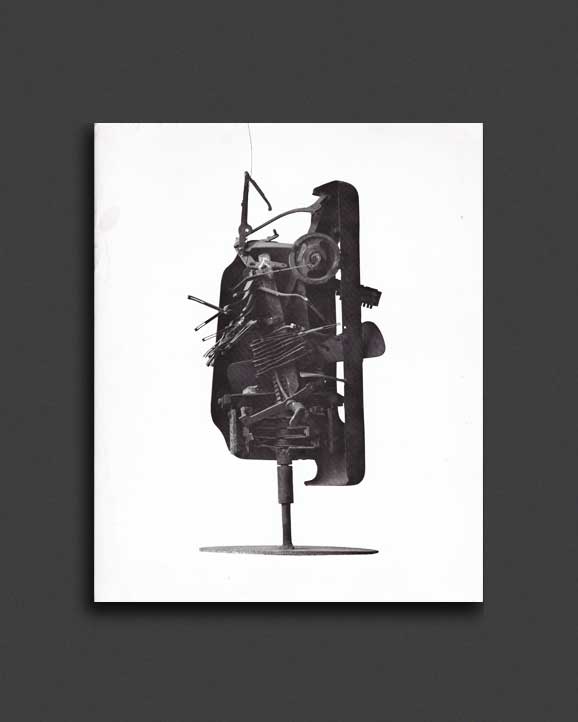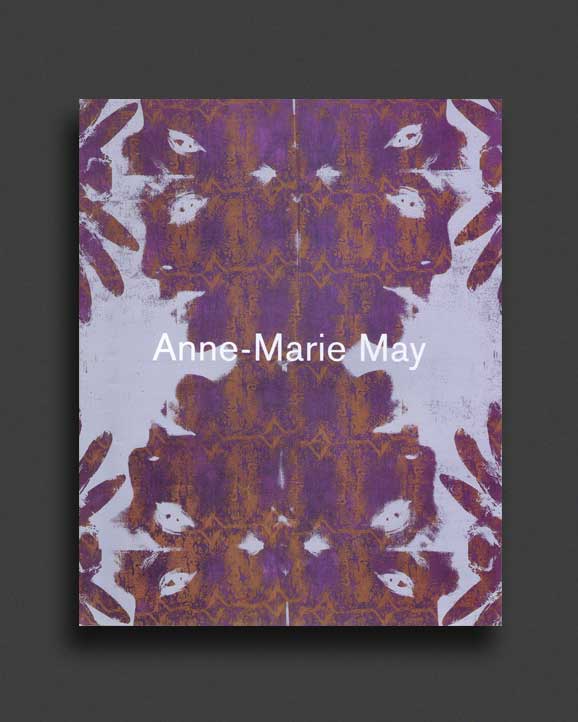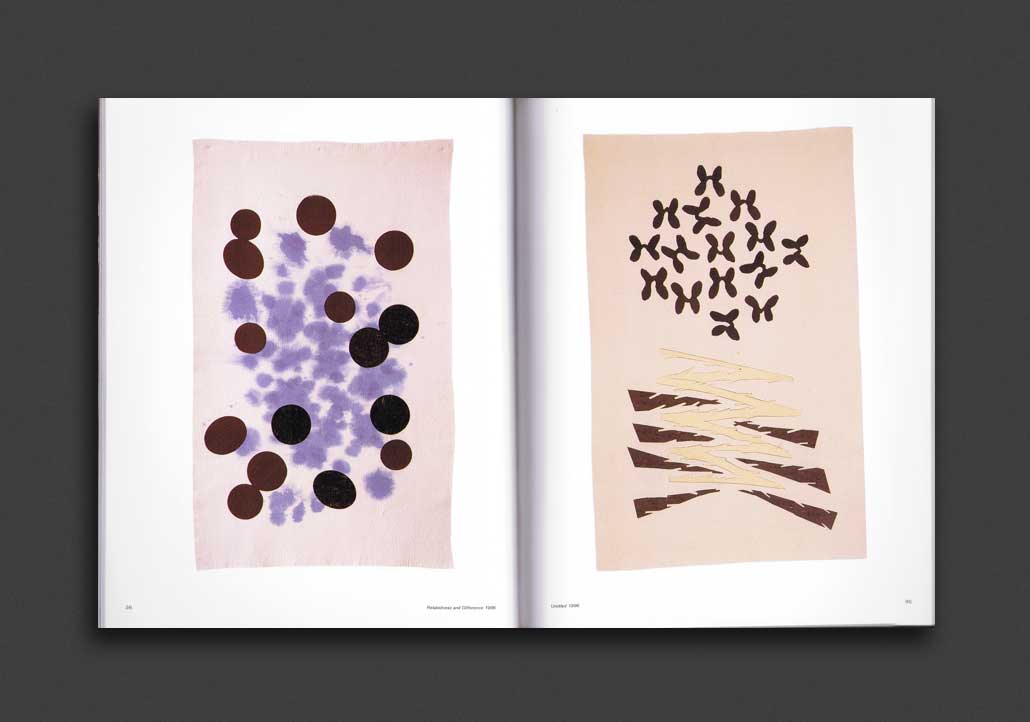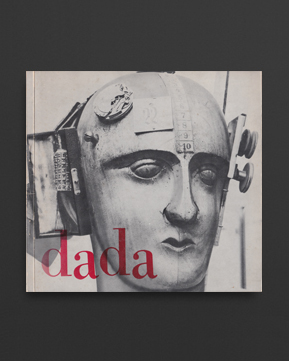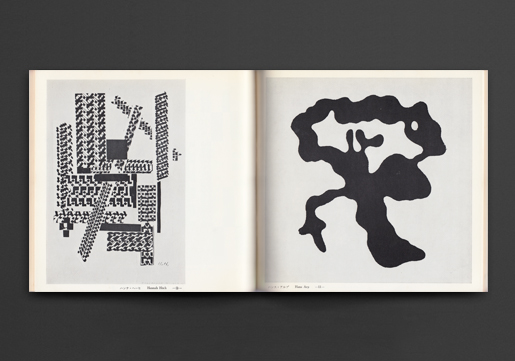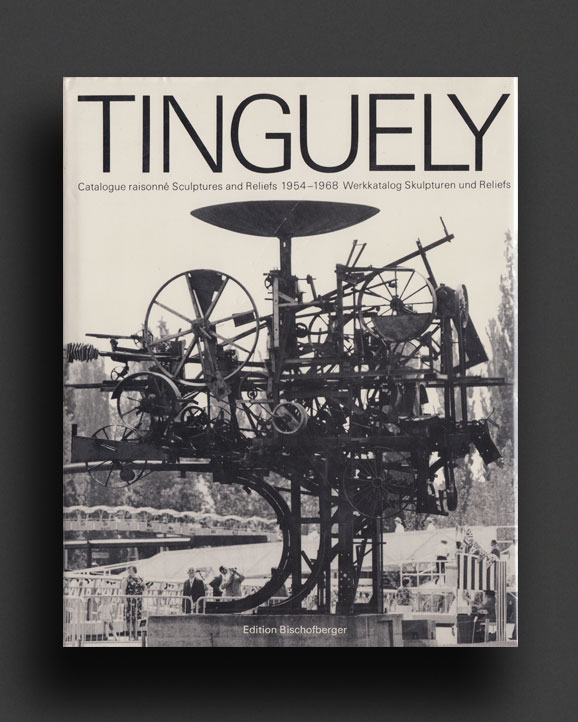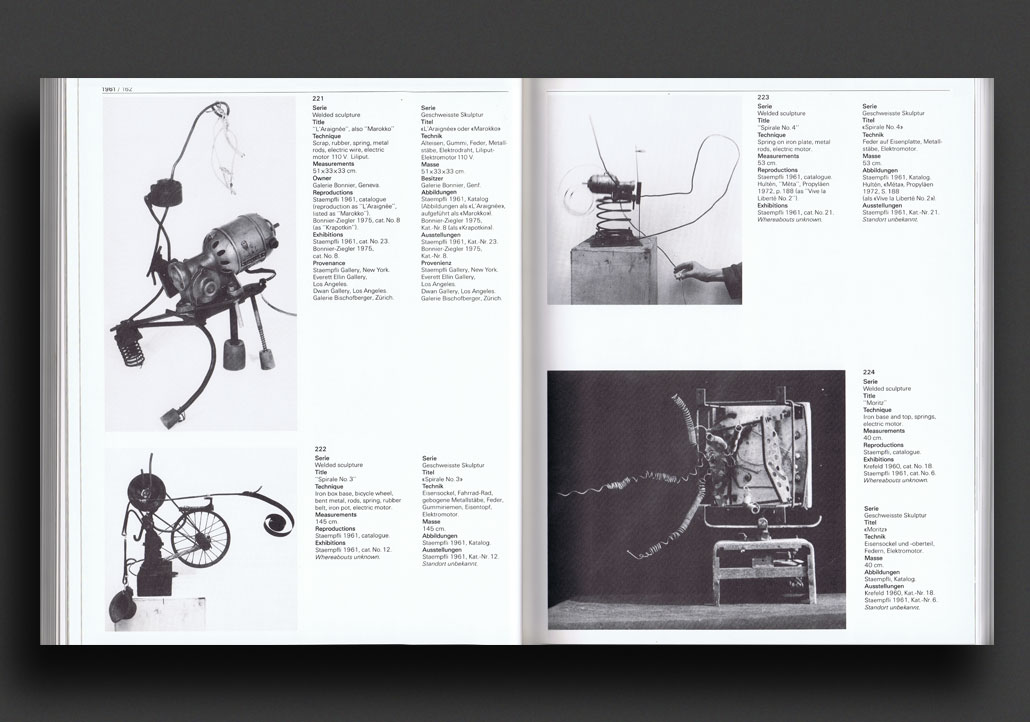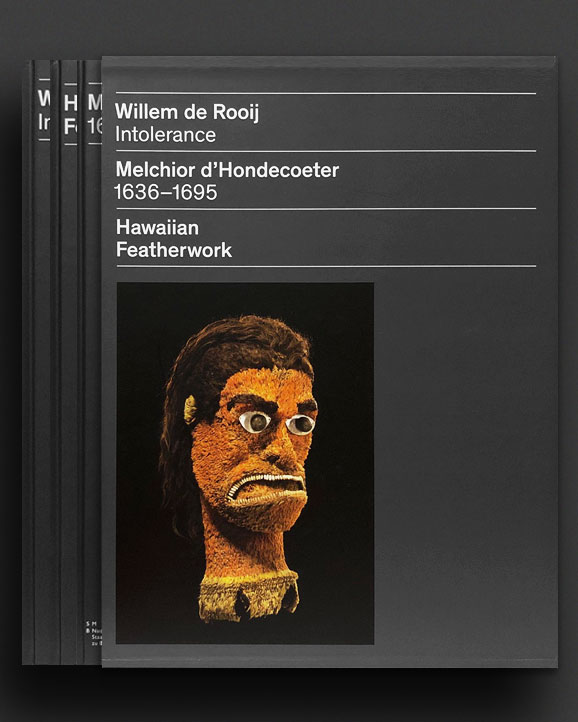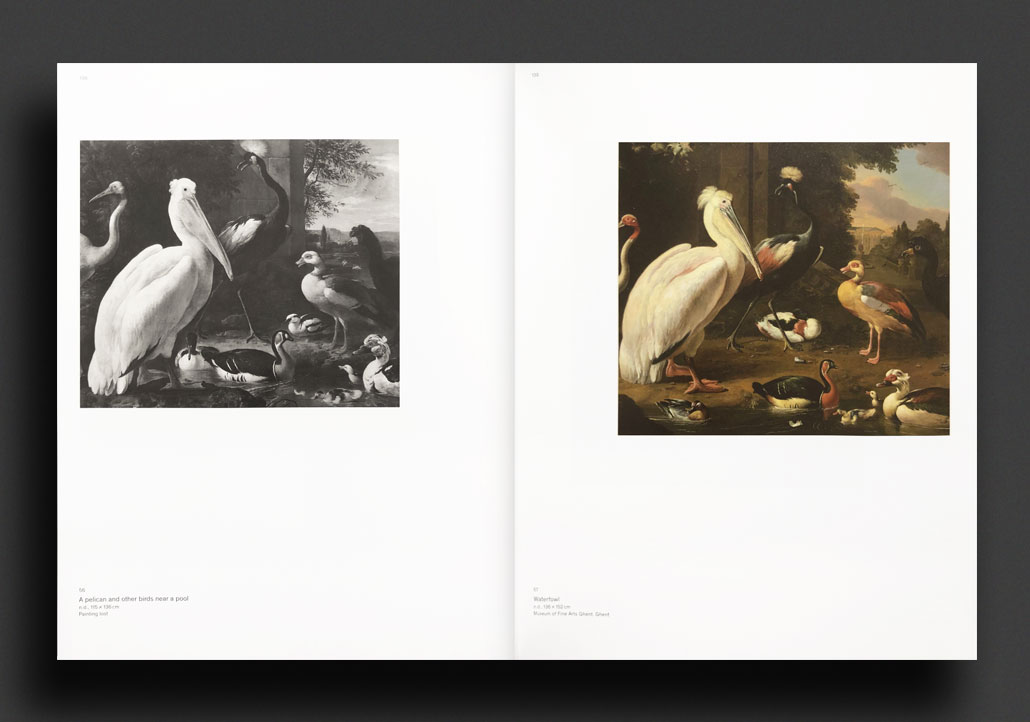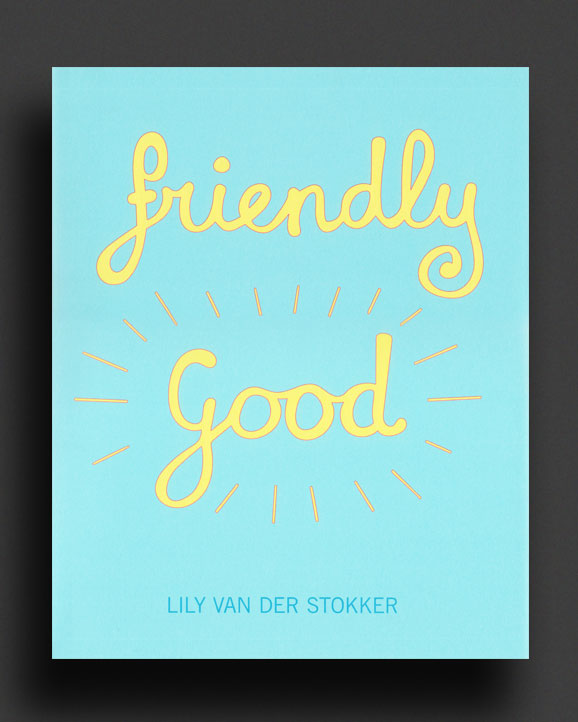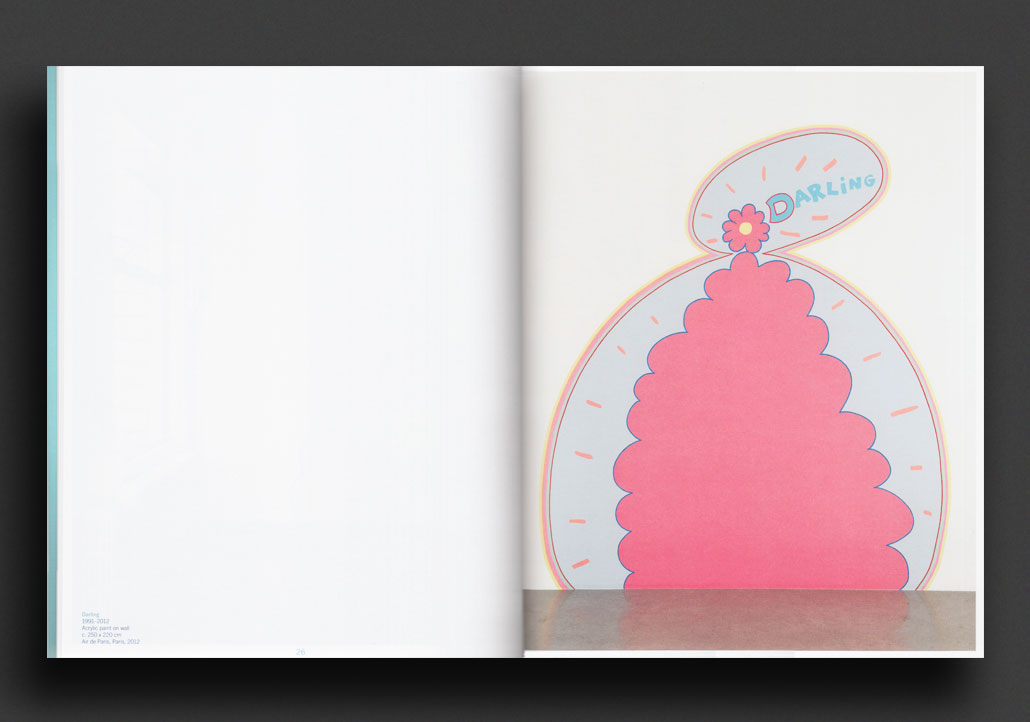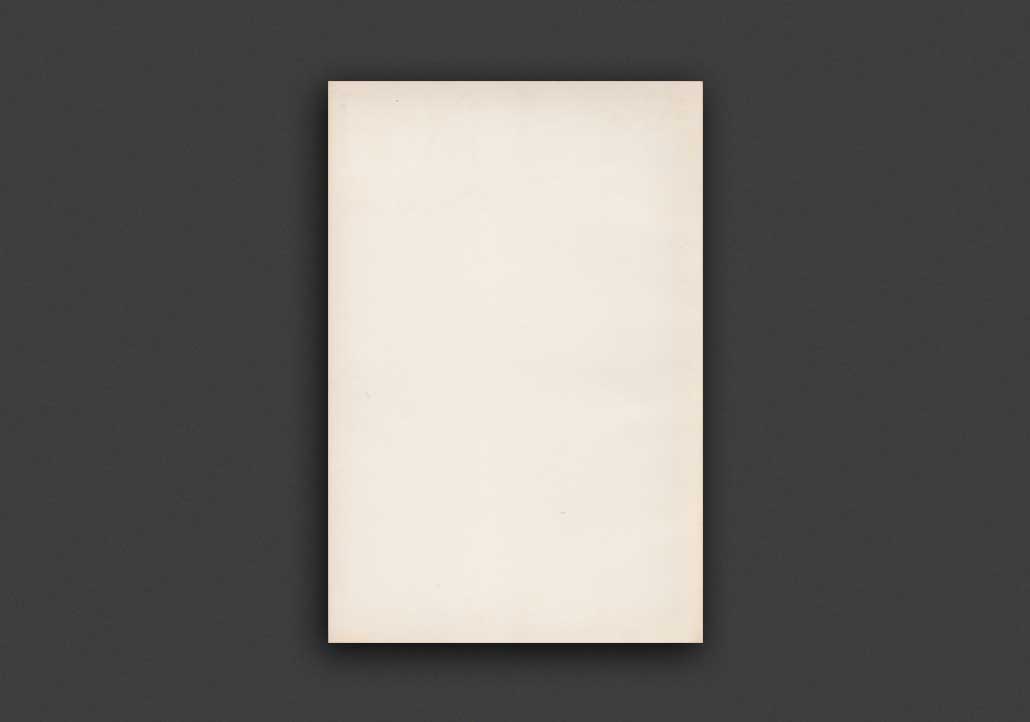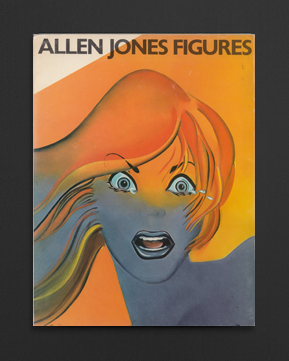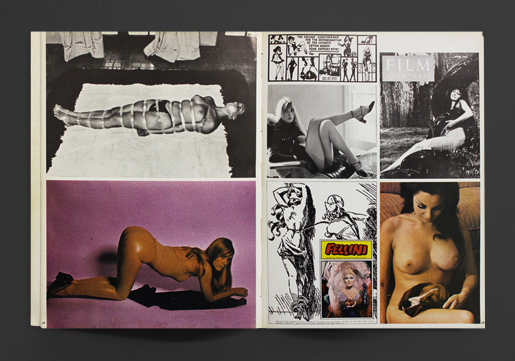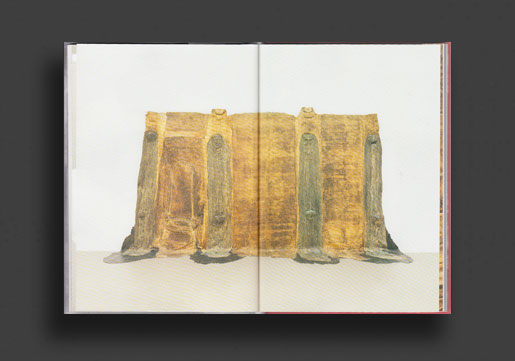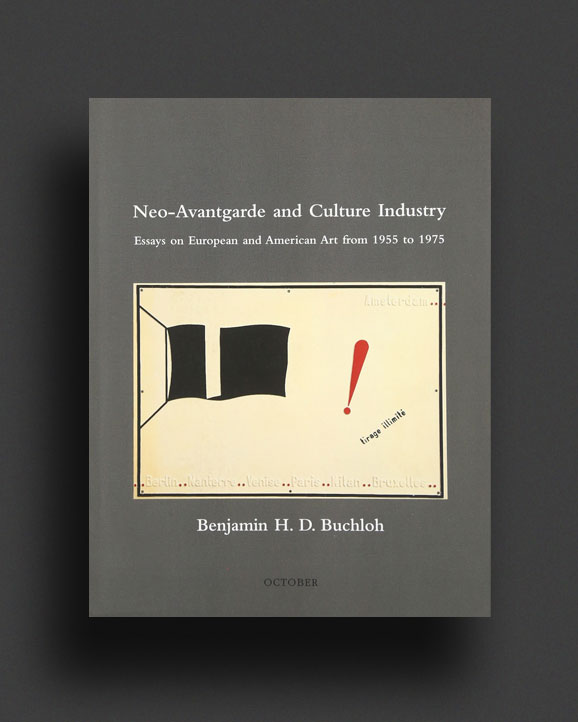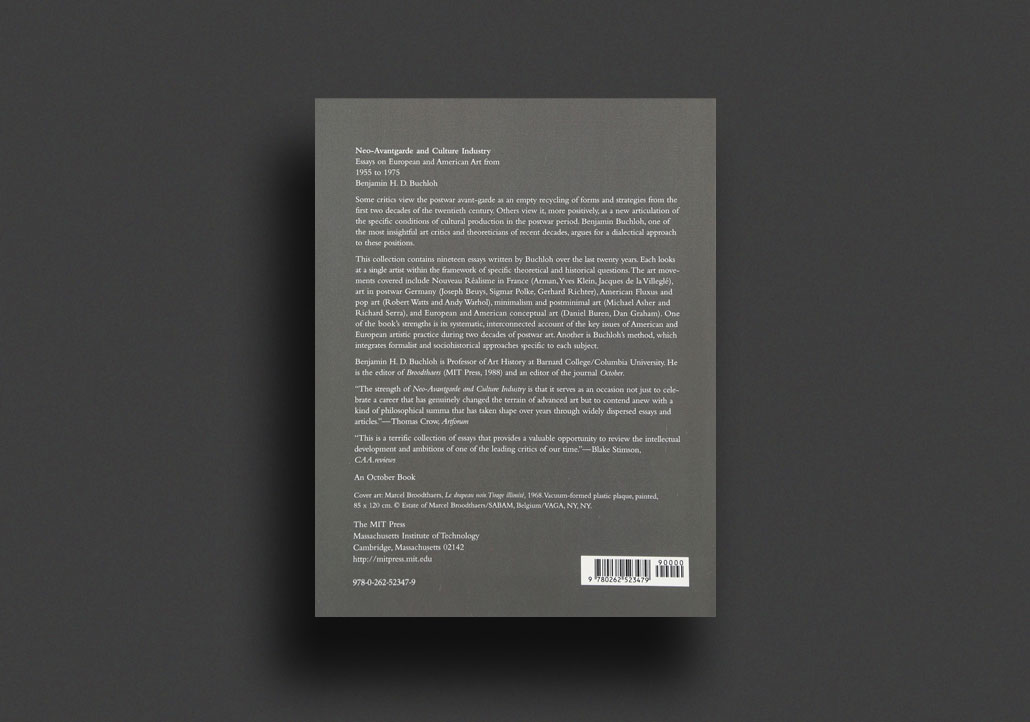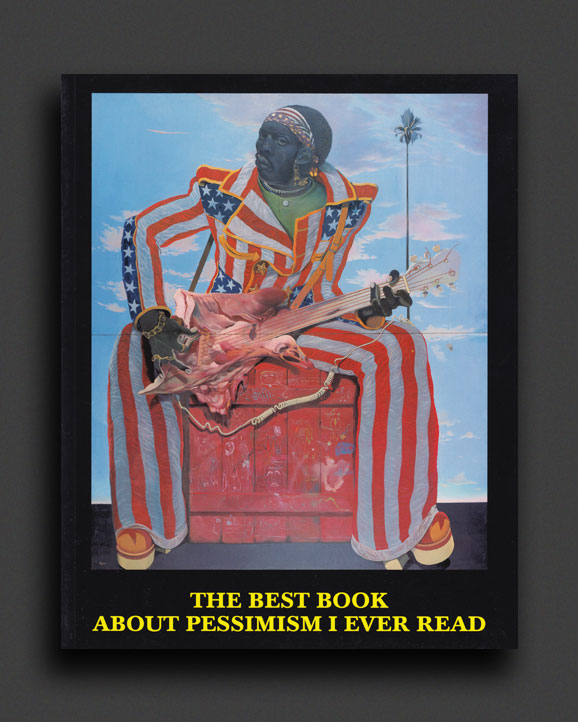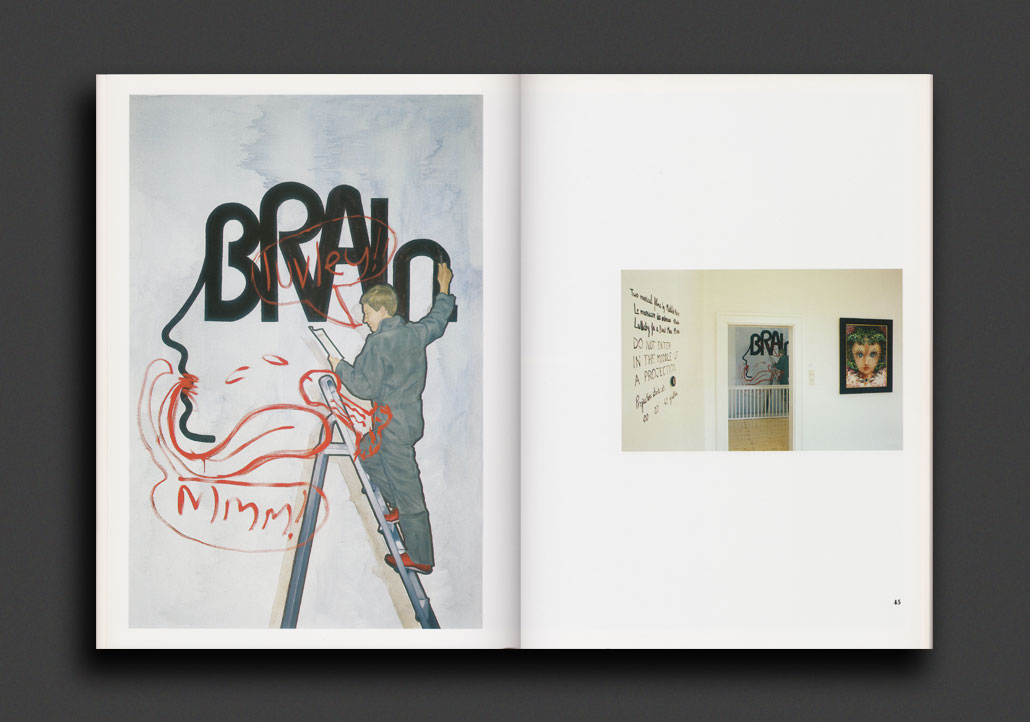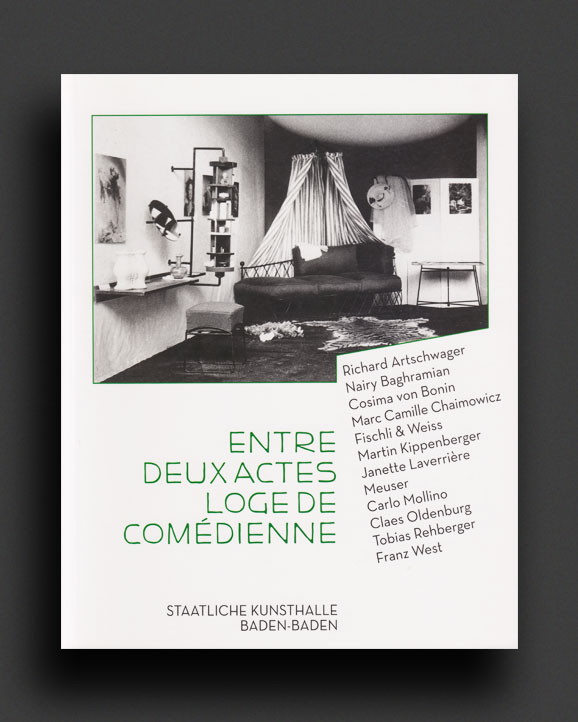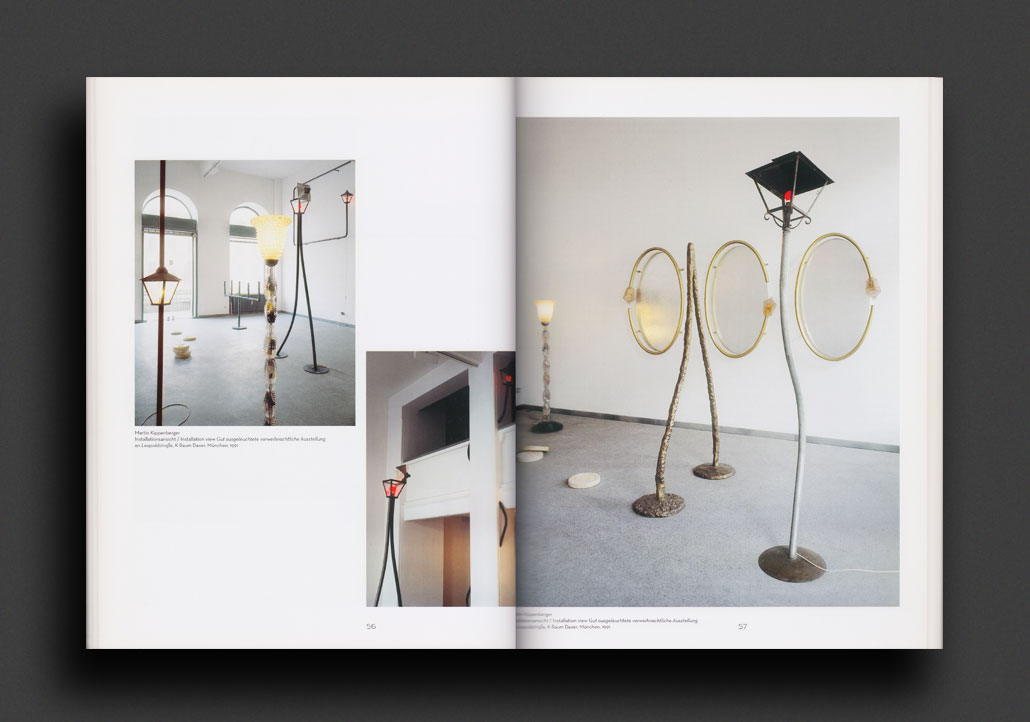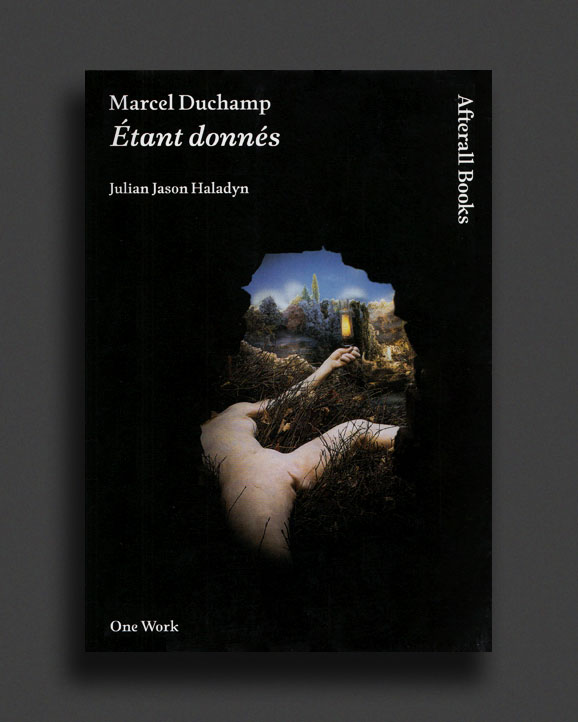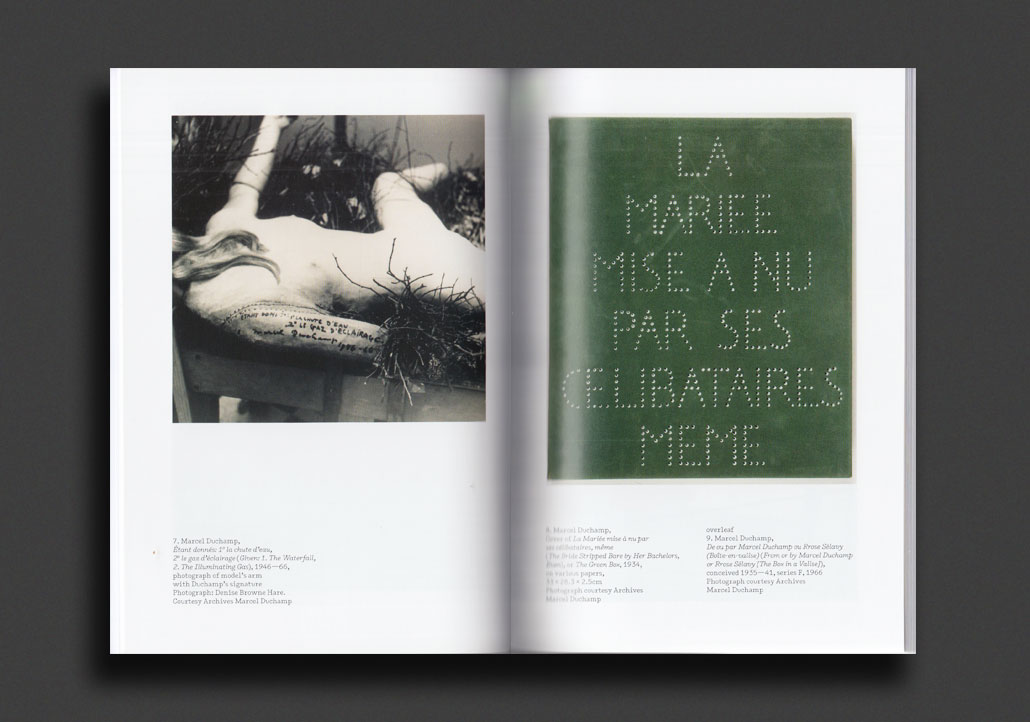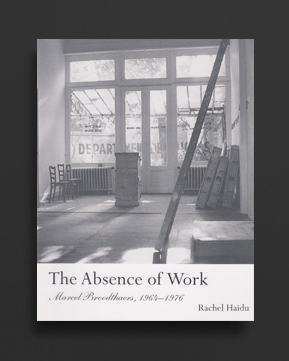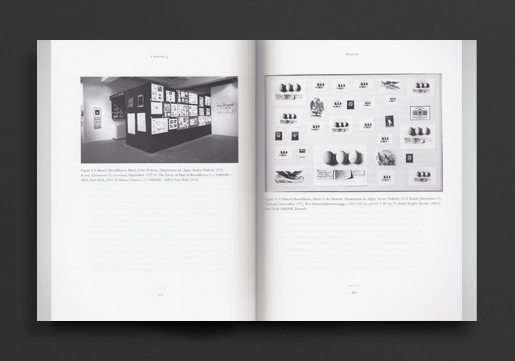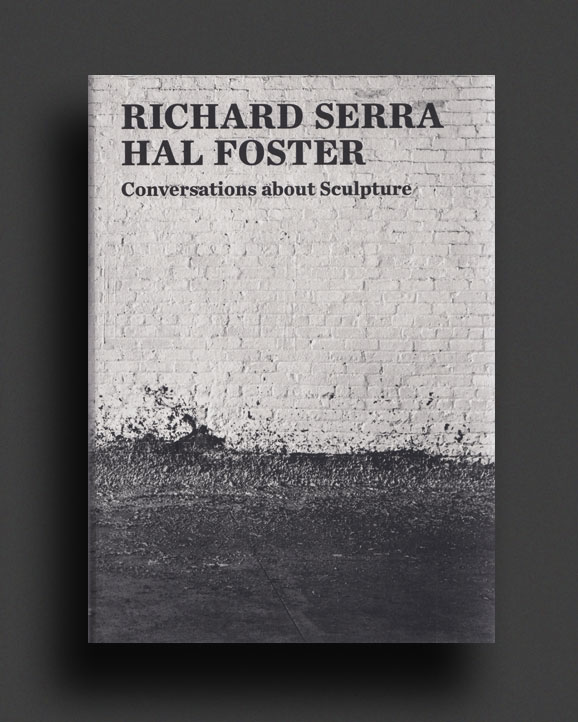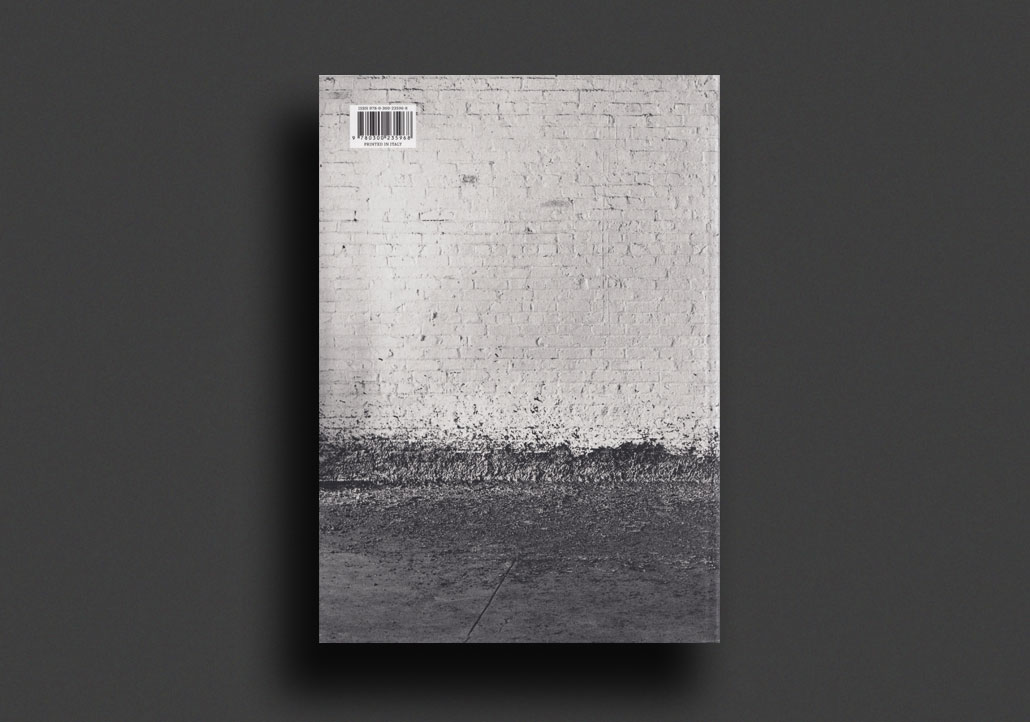(...less)
During the course of Willem de Rooij's Neue Nationalgalerie major solo exhibition "Intolerance" (18 September 2010 - 2 January 2011), a three-part in-depth catalogue, was published by Verlag Feymedia, edited by Willem de Rooij and Benjamin Meyer-Krahmer for the Staatliche Museen zu Berlin and designed by Martha Stutteregger.
Central to the exhibition itself, this long out-of-print and now very scarce catalogue comes in the form of three hardcover volumes in a heavy illustrated slipcase.
"Intolerance is a new work conceived by the Dutch artist Willem de Rooij. Developed especially for the Neue Nationalgalerie, it consists of a large, temporary installation and a three-part publication. Intolerance confronts a group of 17th century Dutch bird-paintings by Melchior d’Hondecoeter with a group of 18th and 19th century feathered objects from Hawai‘i. Open to a complex of interpretations, Intolerance can be read as a three-dimensional collage, as a reflection on the conditions of the exhibition space and of institutional practice, and as a visual study on the triangular relationship between early global trade, inter-cultural conflict and mutual attraction. Both groups of objects that form the nexus of Intolerance were originally produced to represent establishment and to decorate those in power. Through their high material and (in the case of the feather objects) religious value, these objects confirmed the prevailing power structures existing at that time."
Volume 1: Intolerance
Volume one of the catalogue documents the installation “Intolerance” in the Neue Nationalgalerie through 40 color illustrations. In a joint text, Willem de Rooij and Benjamin Meyer-Krahmer explain the social and political conditions under which both groups of objects were originally produced. In a further text, Juliane Rebentisch examines the principle of montage in this and other works by Willem de Rooij.
Juliane Rebentisch teaches philsophy at the Johann Wolfgang Goethe-Universität in Frankfurt am Main and is a member of the Cluster of Ecxcellence "Normative Orders" there. She received a PhD from the University Potsdam in 2002 and habilitated in Frankfurt in 2010. She published numerous texts and publications on contemporary art, amongst them Ästhetik der Installation (Aesthetics of Installation, Suhrkamp 2003).
Benjamin Meyer-Krahmer studied Comparative Literature and History and earned his PhD in 2006 at the Freie Universität Berlin with a thesis on the artist Dieter Roth. He works as a writer, lecturer and scholar in the field of art and esthetics.
Volume 2: Melchior d’Hondecoeter (1636-1695)
This volume offers the first comprehensive book publication on the work of the Dutch painter Melchior d’Hondecoeter. It contains more than 80 color illustrations and two texts: Marrigje Rikken represents an overview of the life and work of the painter; Lisanne Wepler explores the narrative potential of Melchior d’Hondecoeter’s paintings.
Marrigje Rikken is an art historian. While working as assistant curator Dutch 17th-century paintings at the Rijksmuseum Amsterdam, she wrote a text on Melchior d'Hondecoeter. She is currenly writing her PhD dissertation on the way artists employed newly acquired knowledge of natural history for the depictions of animals between 1550-1670.
Lisanne Wepler wrote her M.A. thesis on the significance of fables for the genre of bird paintings in Dutch baroque. Currently she is writing her doctoral thesis on the narrative potential of bird pieces from the 17th to 18th century in Dutch art at the institute of art history at the University of Bonn.
Volume 3: Hawaiian Featherwork
For the first time, this volume delivers a compilation of all the known feather objects that originated in Hawaii before 1900. It contains more than 260 illustrations of feather-god images, helmets, capes and cloaks. Adrienne Kaeppler wrote both the catalogue raisonné and the accompanying text, which consolidates what is known about production, coloration, design and meaning of these objects. It follows the introduction of Hawaiian featherwork into Europe and beyond, and it seeks to explain why and under whose authority these objects left Hawaii.
Adrienne Kaeppler has dedicated herself to material and spiritual culture of Hawai‘i since 1960. She is a social/cultural anthropologist and Curator of Oceanic Ethnology (Polynesia, Micronesia, Melanesia, New Guinea, and Australia) at the National Museum of Natural History/National Museum of Man, Smithsonian Institution in Washington, DC. She received her BA, MA, and PhD degrees from the University of Hawai‘i. Before she came to the Smithsonian she was an anthropologist on the staff of the Bishop Museum in Honolulu, Hawai‘i.
Willem de Rooij (b. 1969) works in a variety of media, including film and installation. He studied at the Gerrit Rietveld Akademie in Amsterdam from 1990-95 and at the Rijksakademie from 1997-98. He has been a tutor at De Ateliers in Amsterdam since 2002 and professor of fine arts at the Städelschule in Frankfurt am Main since 2006. The artist lives and works in Berlin. He worked in collaboration with Jeroen de Rijke (1970-2006) from 1994 to 2006, as de Rijke / de Rooij. Art historian Pamela M. Lee states that in their work they trace "the recursive economy of the image: its affective power, its capacity to seduce and organize perception, and its mediation of time and subjectivity." De Rooij received a Robert Fulton Fellowship at Harvard University in 2004 and represented the Netherlands at the Venice Biennale in 2005. Among other institutions, his works can be found in the collections of the Nationalgalerie in Hamburger Bahnhof – Museum für Gegenwart, Berlin, at the MUMOK in Vienna, and the MoMA in New York.
File under:
Willem de Rooij
Benjamin Meyer-Krahmer
Juliane Rebentisch
Adrienne Kaeppler
Lisanne Wepler
Marrigje Rikken
Verlag Feymedia / Berlin
Sculpture / Installation
Painting
Out-of-print / Rare
Art
Conceptual Art




















































































































































